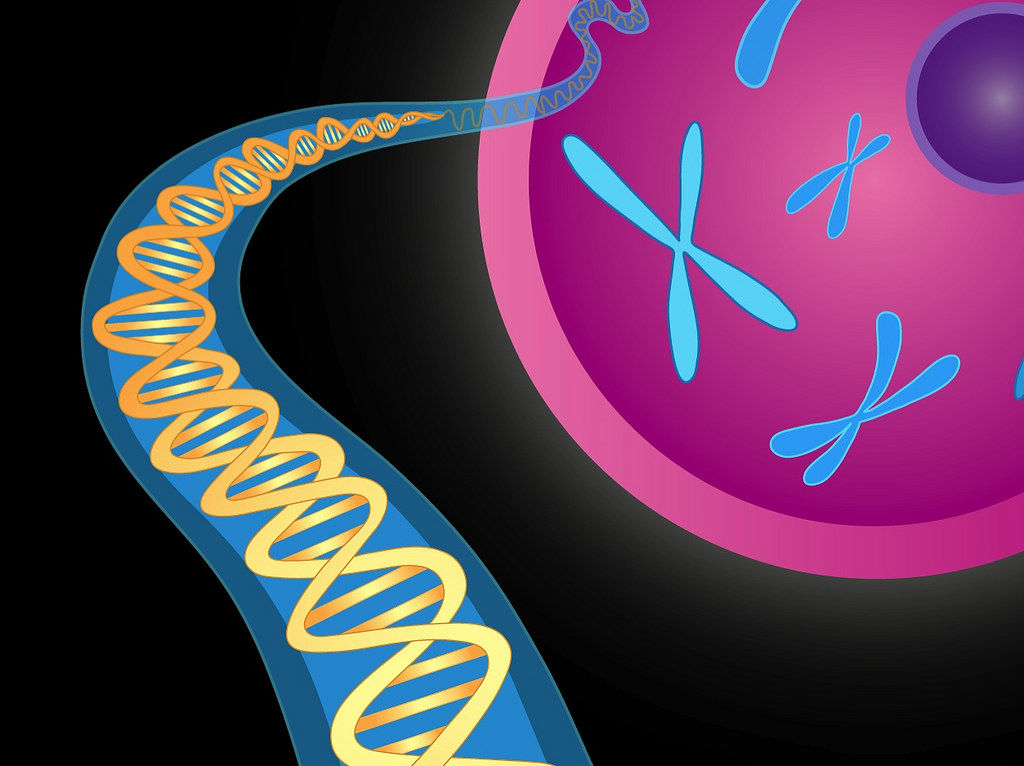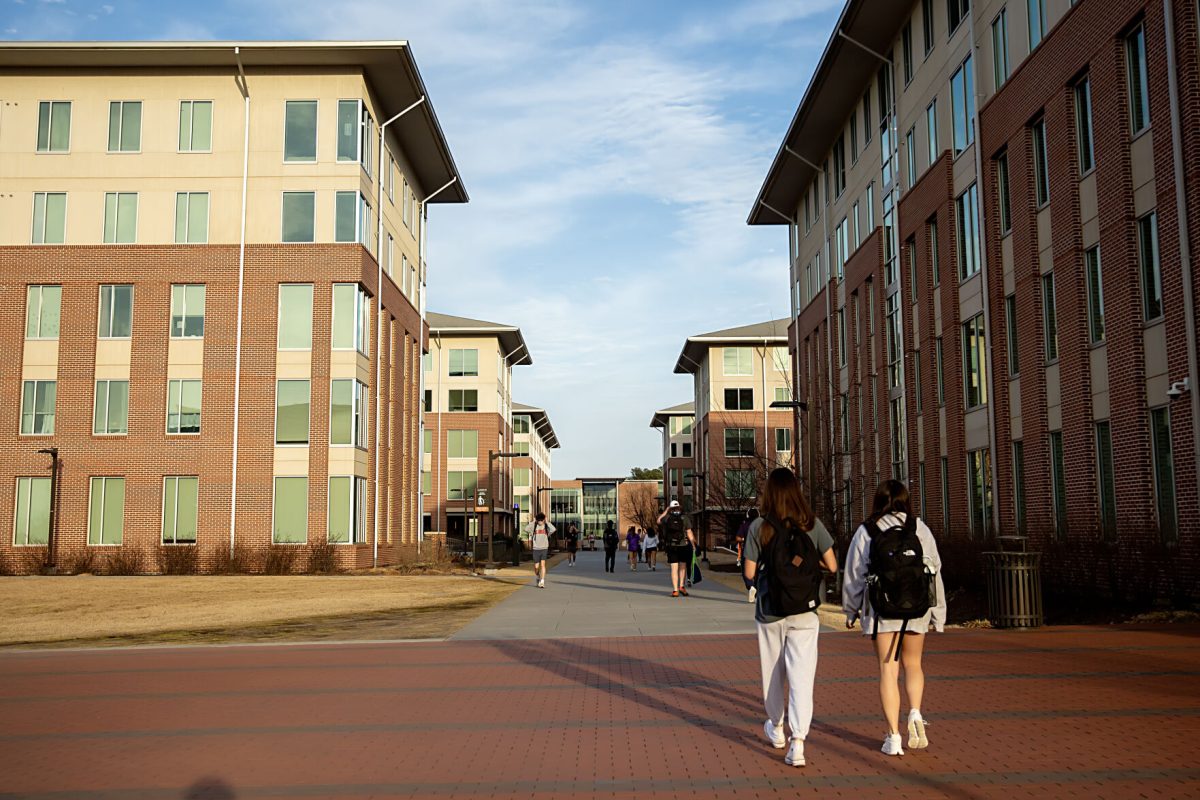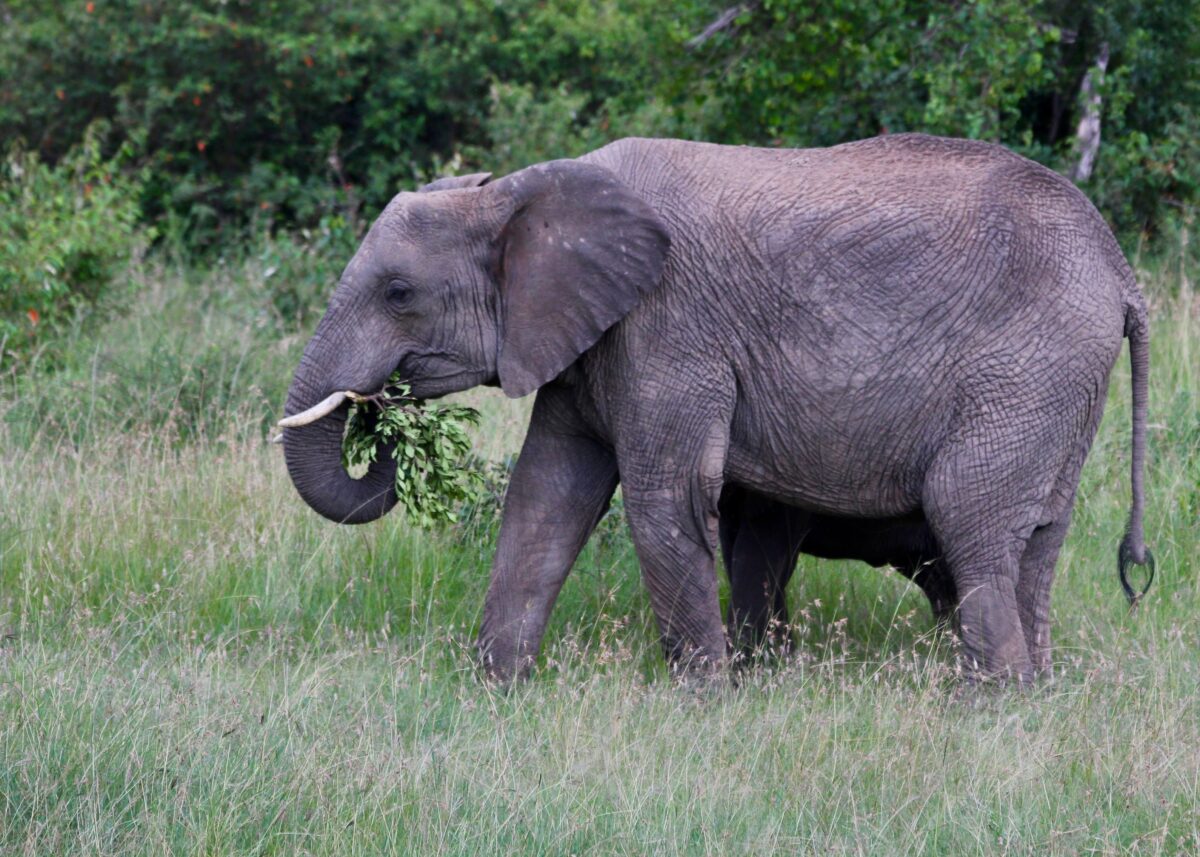Have you ever wondered why we look so different from one another? What is the source of all the variances that we see not only between generations but also between siblings? When eggs and sperm are formed, they undergo a special type of cell division, known as meiosis.
This type of cell division includes “crossing over,” which occurs when the chromosomes line up and exchange ‘chunks’ of DNA with neighboring chromosomes to help vary the genetic makeup of future generations.
Crossing over is often given credit for increasing diversity in offspring. However, in a recent article posted in Science magazine in 2018, Bjarni Halldorsson and his colleagues at Reykjavik University, discovered that mutations can occur at or near crossover areas as much as 50 times more frequently than in areas that are farther away from these crossing over “hot spots”. Thus, crossing over may be facilitating more than just genetic diversity in children.
Mutations can be beneficial or detrimental depending on the circumstances. For example, mutations in genes that control the rate at which cells divide can lead to tumor formation. Mutations that occur in certain enzymes can lead to a cadre of metabolic genetic disorders.
One can also envision mutations that might be beneficial. Regardless of the outcome of these mutations, Halldorsson’s work is significant because it’s the first to find a link between crossing over sites and increased mutation rates, as these play an important role in the diversity of the offspring.
Halldorsson and his colleagues at Reykjavik University are now mapping the genome of both parents and their children to trace mutation and crossing over rates.
There is not only a correlation between crossing over areas and increased mutation rates but also a positive correlation between the age of the mother and mutation rates in these ‘hot spots’. In other words, he older the mother, the more likely there will be an increased number of mutations by the crossing over zones.
By tracking mutation rates in DNA, researchers can create an accurate evolutionary clock which can be used to learn how to control mutation rates in the human population.
Categories:
Tigra Scientifica: Crossing the line
Hannah Patel, News Contributor
March 3, 2019
Photo courtesy of 123rf.com
By tracking mutation rates in DNA, researchers can create an accurate evolutionary clock which they can then use to learn how to control mutation rates in the human population.
0
Donate to The Tiger
Your donation will support the student journalists of Clemson University. Your contribution will allow us to purchase equipment and cover our annual website hosting costs.
More to Discover















